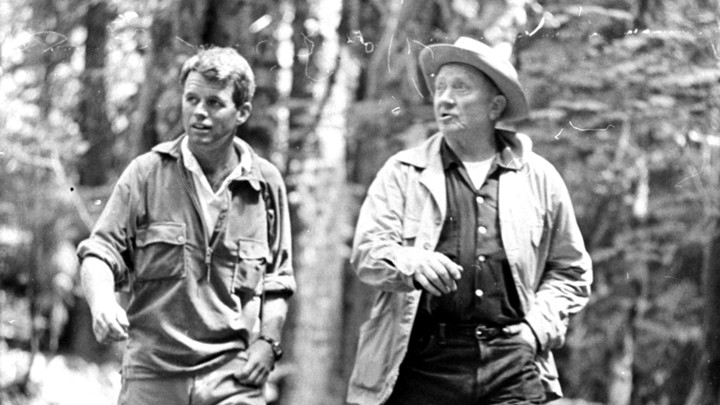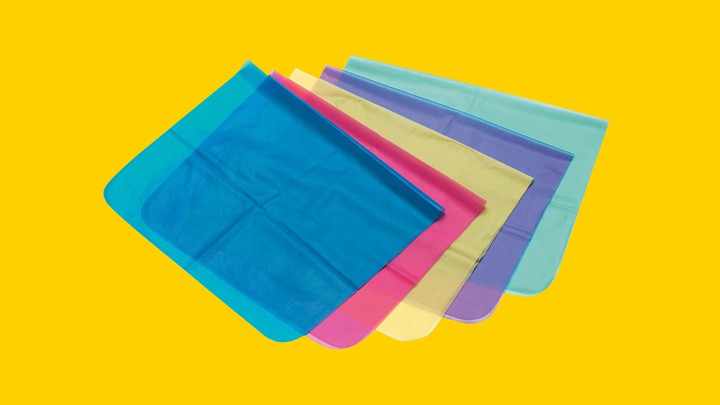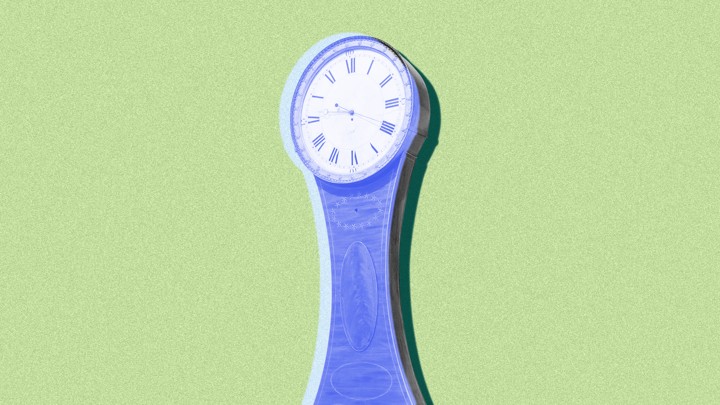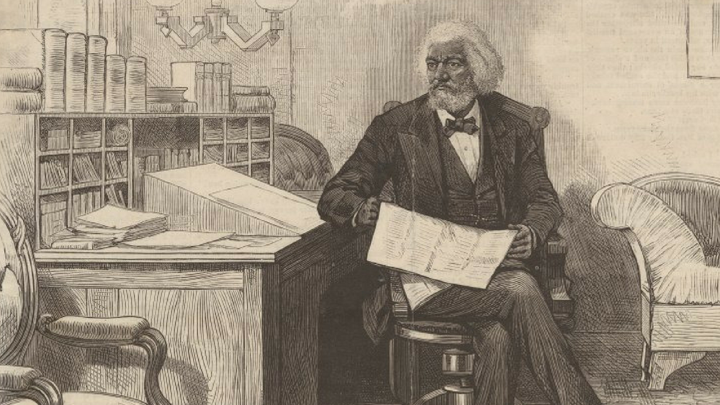
The Military Origins of Layering
The idea of wearing many light articles of clothing rather than a few heavy ones was everywhere: my brother’s Boys’ Life magazines, advertisements from my local outdoors store, my summer camp’s suggested packing list. But, like any way of dressing, layering had to be invented.


















